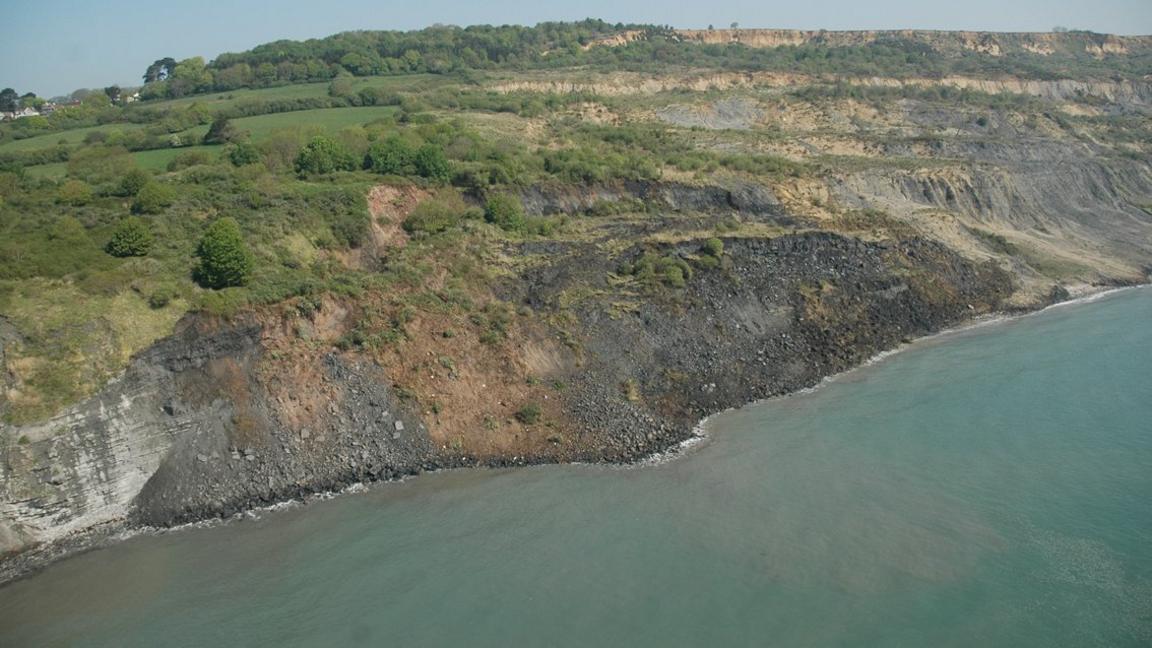Dorset Jurassic Coast 'Bronze Age' mound investigated
- Published
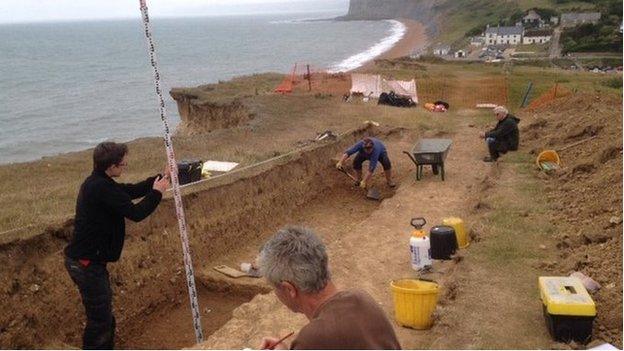
Flint tools and pottery has already been unearthed at the site near Seatown
Archaeologists are investigating a mound of burnt material eroding from a cliff on the Jurassic Coast in Dorset.
It is believed the site, at Seatown, near Bridport, dates back more than 3,000 years to the Bronze Age.
A team of six National Trust archaeologists has already unearthed flint tools and decorative pottery.
Buried under more than a metre of sand and soil, the mound is not visible on the cliff top. It was brought to light due to the erosion of the cliff edge.
Local enthusiast Anthony Pasmore spotted the burnt material and alerted the National Trust.
The trust said the mound was "disappearing fast as the sea cuts into the soft sands and clays at the cliff edge".
'Ritual feasting'
Martin Papworth, of the trust, said it was the first burnt mound to be found in West Dorset. They are more common in the Midlands.
"We don't know if this burnt mound was something used for ritual feasting, a sweat lodge [ceremonial hut] or an industrial site but we hope to find enough clues to shed a little more light on it," he said.
During the dig, samples will be taken at different levels in a bid to discover what it was used for.
This is likely to include charcoal for radio carbon dating and pollen to help to show what plant life would have been nearby at the time.
The archaeologists will also carry out a geophysical survey to see if any other features show up in the field.
Due to the constant erosion of the coastline, the burnt mound would originally have been about a mile from the coast, the trust said.
- Published19 December 2014
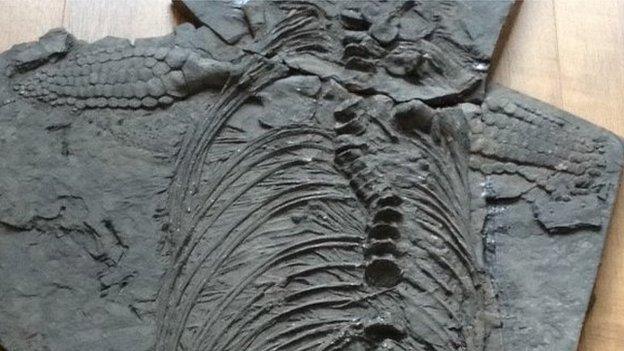
- Published28 May 2014
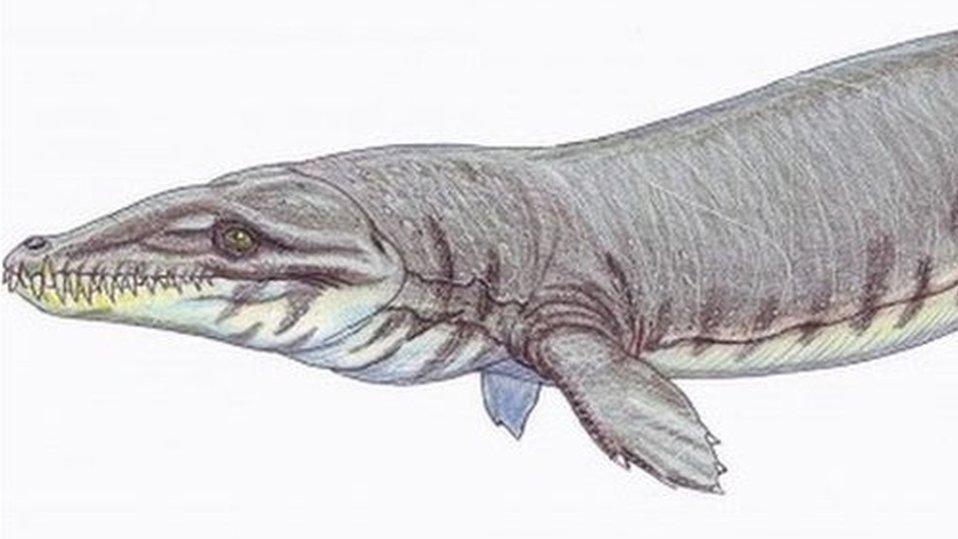
- Published6 March 2014
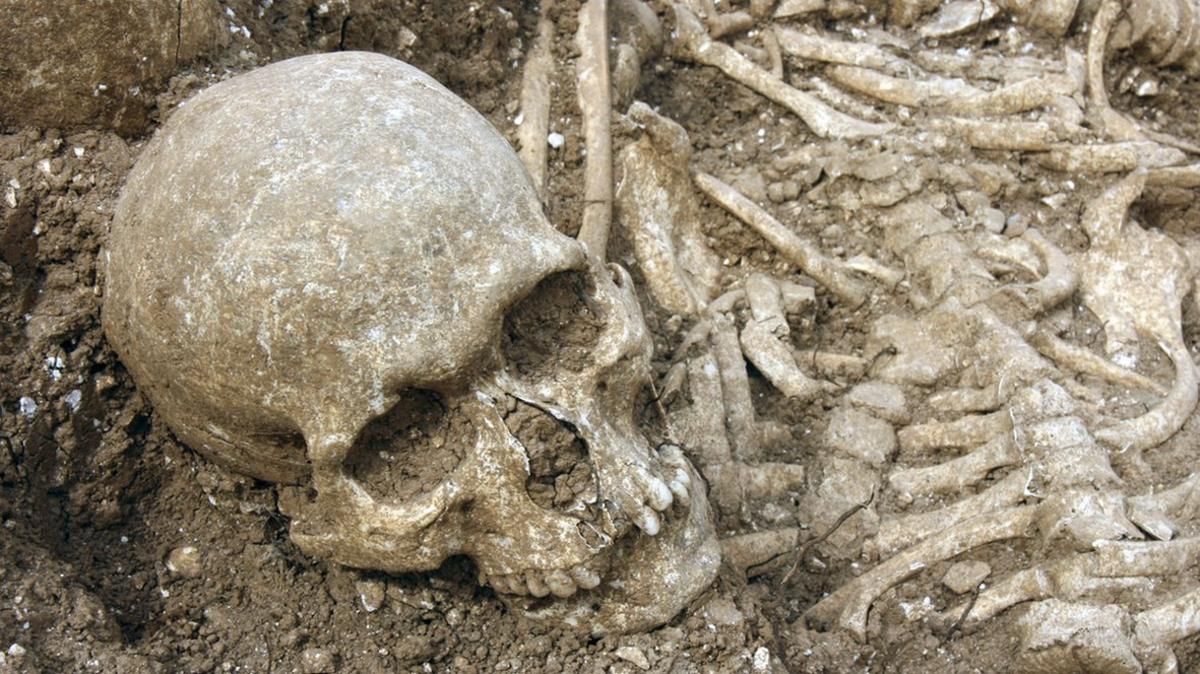
- Published9 January 2014
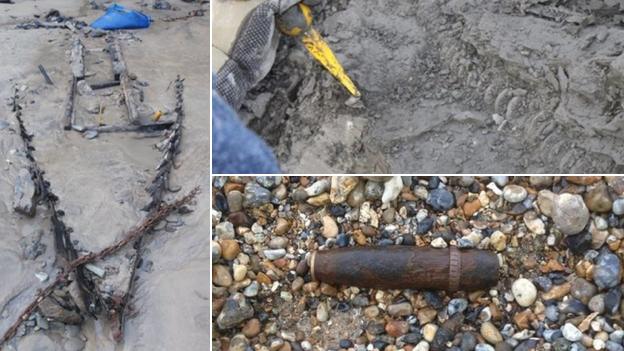
- Published30 December 2013
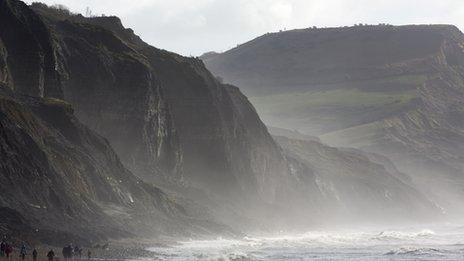
- Published2 May 2013
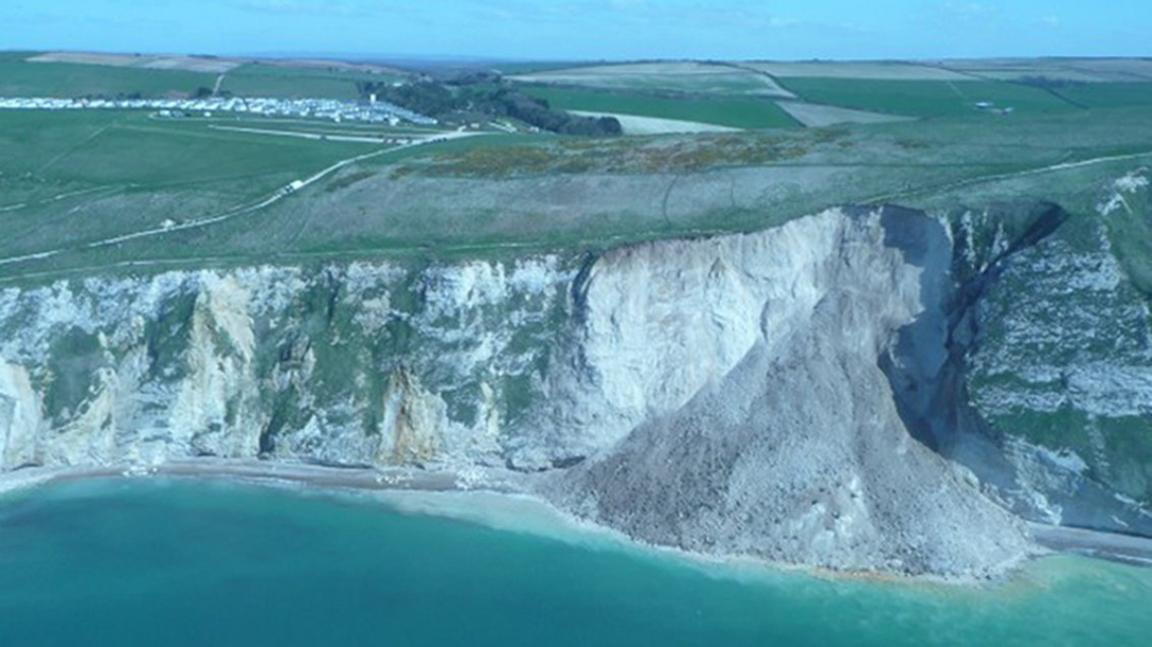
- Published6 October 2012
